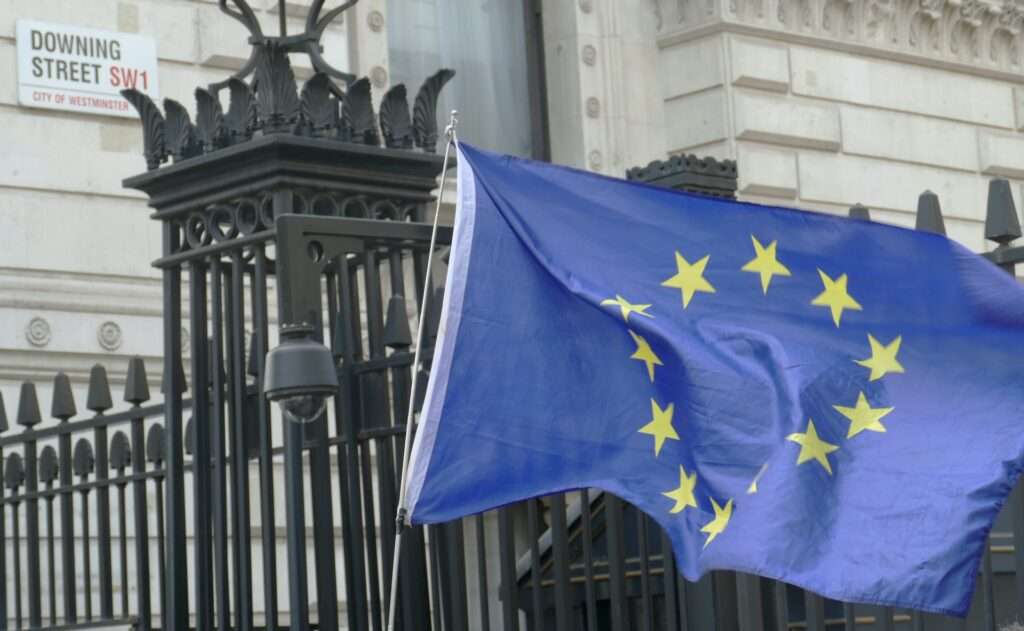How Brexit Will Impact Ecommerce In the UK and EU Region

Ecommerce in the UK and EU region will be affected following the Brexit starting this coming year, January 1, 2021. Sellers to and from the UK should expect new regulations, duties, customs and other obligations to meet which resulted from Brexit. If you are selling to and from the UK (or if you are selling […]

